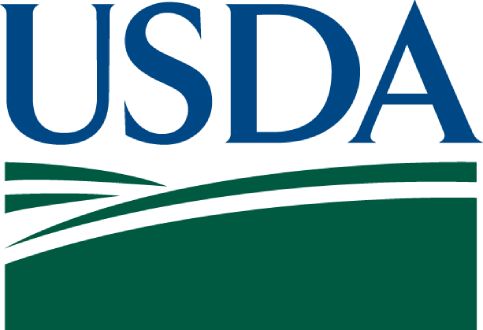Congressional Status Report: Summer Electronic Benefits Transfer for Children Demonstrations
Evaluating the Summer Food for Children Household-Based Demonstrations
Prepared for:
U.S. Department of Agriculture, Food and Nutrition Service

The development, health, and well being of children depends on access to a safe and secure source of food. In 2010, one in five households with children (8.0 million) was food insecure, and nearly half of those—3.9 million—included food-insecure children (Coleman-Jensen et al. 2011). In all, approximately 8.5 million children were food insecure, including 1.3 million with very low food security. The problem of food insecurity increases during the summer months when children do not have access to free or reduced-price (FRP) meals provided by the National School Lunch Program (NSLP) or the School Breakfast Program (SBP) (Nord and Romig 2006); the Summer Food Service Program (SFSP) reaches far fewer children than these school-year programs (Gordon and Briefel 2003; Food Research and Action Center 2010). Many communities provide other types of food assistance and programs during the summer months to meet the nutritional needs of low-income children. With locations and resources limited, however, gaps remain, and the full extent of need is not addressed.
How do you apply evidence?
Take our quick four-question survey to help us curate evidence and insights that serve you.
Take our survey
